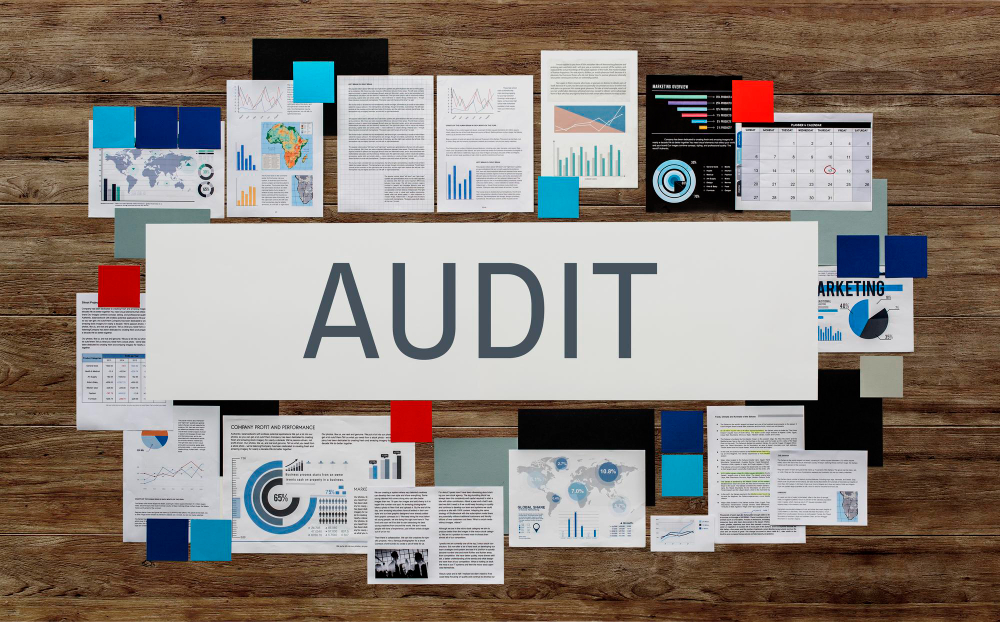‘For every single event we organised, we’d have to negotiate pricing, terms and structures with our suppliers. I got to thinking “this is plain ridiculous”.’
Chris Clarke is client services director of incentive travel business P&MM, which works for blue-chip companies that want to organise motivation-boosting trips for their employees. The business organises this via destination management companies (DMCs) based overseas.
‘We no longer sign event-specific contracts with DMCs,’ says Clarke. ‘Instead, we put together an SLA that we got them all to agree to. This covers everything from how quickly they need to invoice us or respond to our emails, to how their employees should act on site.’
Clarke adds that health and safety is a particular ‘hot potato’, with a pressing need to ensure every part of the traveller’s experience is fully risk-assessed. ‘We ask DMCs to make sure they have obtained copies of their suppliers’ insurance policies and food and hygiene certificates, and for transport companies, that their vehicles have MOTs or the equivalents in their own countries,’ he explains.
Service Level Agreements are good for setting standards
Service Level Agreements set out, in precise and measurable detail, the exact service levels you expect from your supplier. They also specify the action to be taken (including financial penalties) if the supplier fails to meet those standards.
Stephen Bentley, CEO of marketing services company Granby, has SLAs with both its suppliers and its clients. One of those clients is supermarket Sainsbury’s, whose Active Kids campaign Granby helps to run.
‘It’s dead easy for a salesman to say “we’re 100 per cent effective”,’ comments Bentley. ‘But that’s rarely the case. One of our SLAs demands around 99.96 per cent accuracy, and that’s probably the toughest one we have.’
Bentley’s experience shows that SLAs can be an excellent sales tool for suppliers as well as providing reassurance for customers. ‘If you know your own business, you will know the level of accuracy you can achieve and be confident of your ability to deliver. But it’s not for the foolhardy.’
Fair’s fair
Liz Fitzsimons, a senior associate at law firm Eversheds, stresses that ‘both sides have to be getting something out of an SLA’. She adds, ‘It’s no good if one side is being beaten up all the time, because then they won’t be motivated to do a good job.’
As with all contracts, the mark of a successful SLA is that it remains locked in a drawer and is rarely looked at, she says. As day-to-day users of SLAs, Clarke and Bentley both emphasise that the main power of the document lies in the way it crystallises expectations, rather than in its ability to inflict financial penalties on wayward suppliers. After all, as Bentley says, a sensible supplier will not agree to standards it is not confident of delivering.
Clarke applies this principle to vetting potential DMCs. ‘If they don’t agree to our SLA, they are either hiding something or there are some other issues that perhaps we can help them address.’
Teething troubles
When P&MM introduced new terms and conditions on services at the beginning of the year, there was some resistance from suppliers, in particular from one company with whom P&MM had enjoyed a long and trouble-free relationship.
‘They felt that SLAs were too bureaucratic and [that some of the issues involved] were “not their job”. We fundamentally differed on that and therefore we are not using them any more.’
According to Bentley, delineating what’s expected in terms of service quality is becoming more commonplace. ‘Ten years ago, when I started being exposed to SLAs, they were the exception. Now in our market they’re a prerequisite.’ Bentley welcomes the extra accountability and points out that there are advantages for the supplier too.
A typical SLA will set some reasonable limits on the supplier’s responsibility for failure – for example, if materials are not delivered by Granby’s client on time then his company won’t be penalised if deadlines are missed.
‘It’s a mistake to think Service Level Agreements are all about failure; they’re also about recognising success,’ he adds. ‘When it’s time for your annual review with your client, it provides a good benchmark so you can say “I’ve achieved all that” and the client can appreciate what you’ve done.’






